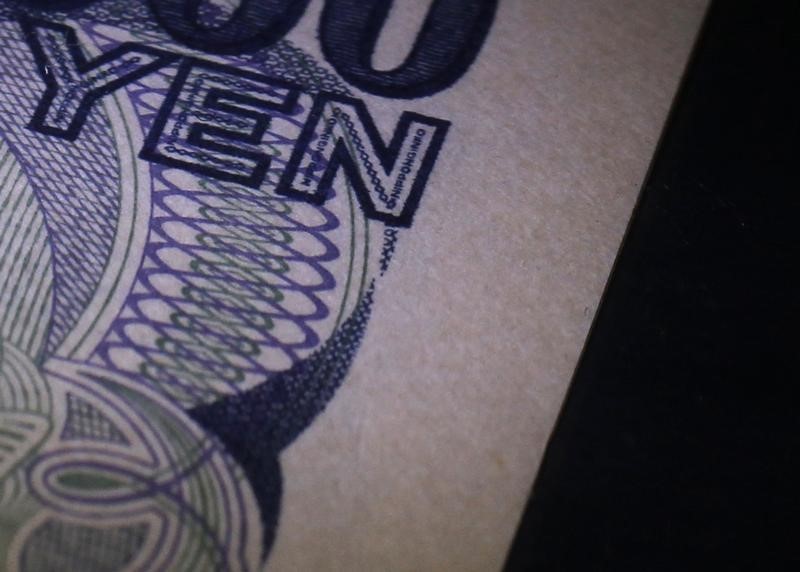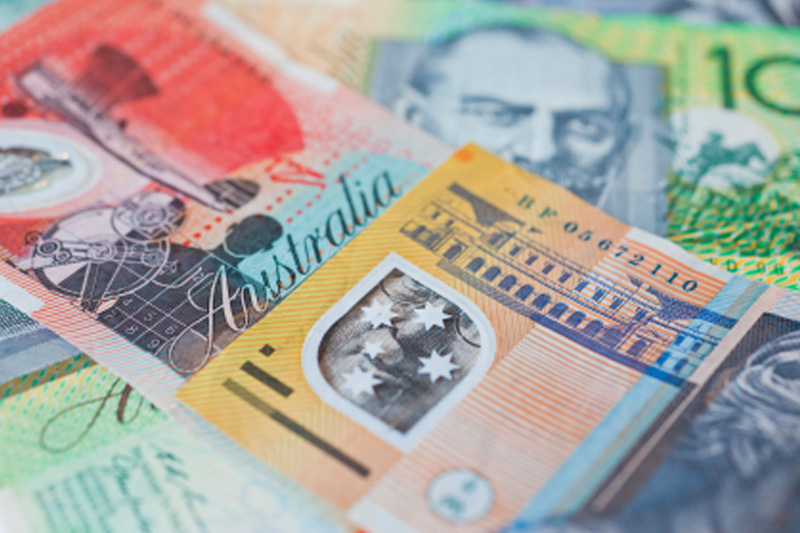CapitalStreetFX
Active member
- Messages
- 138
- Likes
- 0
Yen Gains Momentum Ahead of Key Decisions By BoJ

The yen held stronger Friday ahead of a central bank review on rates and subsequent outlook for the economy.
USD/JPY traded at 120.93, down 0.17%, after the household data and consumer prices and unemployment. AUD/USD changed hands at 0.7099, up 0.36%.
In Japan, September household spending plunged 1.3% month-on-month, well below the 0.3% gain seen, national core CPI eased 0.1%, less than the 0.2% drop expected, and unemployment stayed steady at 3.4% as expected.
Consumer spending remains lackluster despite a gradual pickup in nominal wages and possibly due to the uncertainty over global growth and stock markets.
Investors are now looking at the Bank of Japan one-day policy meeting on Friday as industrial output shows signs of life even as the central bank is expected to revise down growth and inflation forecasts in its semi-annual Outlook Report due the same day.
Expectations of further eased have ebbed and waned for another round of aggressive monetary easing to boost prices more than two years into a massive stimulus program of ¥80 trillion.
In Australia comes housing credit for September rose 0.8%, a faster pace that the 0.5% gain in August, while housing credit was up 0.6%, unchanged from the previous month. Producer prices gained 0.9% in the third quarter.
The U.S. dollar index, which measures the greenback’s strength against a trade-weighted basket of six major currencies, fell 0.08% to 97.29.
Overnight, the dollar pushed lower against the other major currencies on Thursday, after the release of disappointing U.S. data dampened optimism over the strength of the economy.

The yen held stronger Friday ahead of a central bank review on rates and subsequent outlook for the economy.
USD/JPY traded at 120.93, down 0.17%, after the household data and consumer prices and unemployment. AUD/USD changed hands at 0.7099, up 0.36%.
In Japan, September household spending plunged 1.3% month-on-month, well below the 0.3% gain seen, national core CPI eased 0.1%, less than the 0.2% drop expected, and unemployment stayed steady at 3.4% as expected.
Consumer spending remains lackluster despite a gradual pickup in nominal wages and possibly due to the uncertainty over global growth and stock markets.
Investors are now looking at the Bank of Japan one-day policy meeting on Friday as industrial output shows signs of life even as the central bank is expected to revise down growth and inflation forecasts in its semi-annual Outlook Report due the same day.
Expectations of further eased have ebbed and waned for another round of aggressive monetary easing to boost prices more than two years into a massive stimulus program of ¥80 trillion.
In Australia comes housing credit for September rose 0.8%, a faster pace that the 0.5% gain in August, while housing credit was up 0.6%, unchanged from the previous month. Producer prices gained 0.9% in the third quarter.
The U.S. dollar index, which measures the greenback’s strength against a trade-weighted basket of six major currencies, fell 0.08% to 97.29.
Overnight, the dollar pushed lower against the other major currencies on Thursday, after the release of disappointing U.S. data dampened optimism over the strength of the economy.













